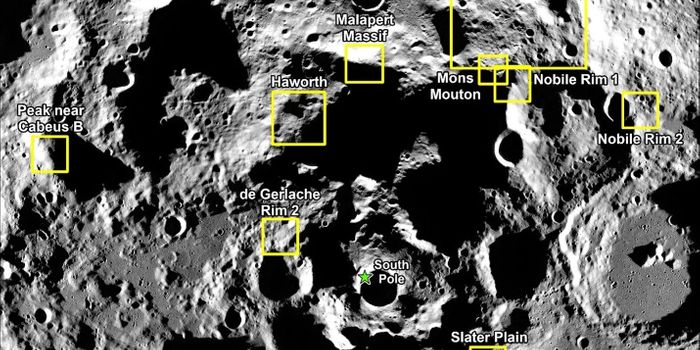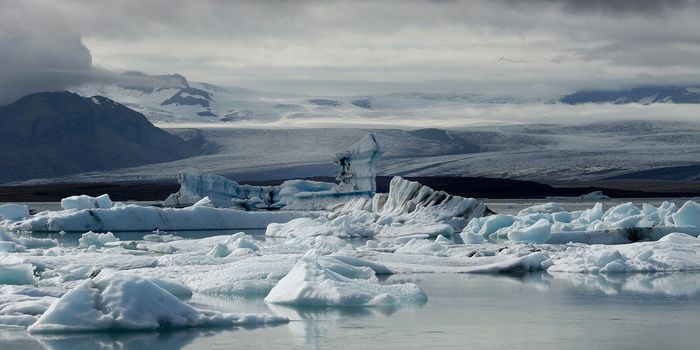The mysteries of tiny surfing robots revealed
Mechanical engineers from Michigan Technological University have implemented the laws of surface tension and propulsion velocity to develop miniature robots capable of surfing liquid interfaces. Their findings are published recently in the journal Physical Review Fluids.
"During the past few decades, there have been many efforts to fabricate miniature robots, especially swimming robots," said Hassan Masoud, who is an assistant professor in the mechanical engineering department. "Much less work has been done on tiny robots capable of surfing at the interface of water and air, what we call liquid interfaces, where very few robots are capable of propelling themselves."
The tiny robots that Masoud works with are mere microns in size. His research is concentrated on how microrobots can chemically manipulate their environment in order to create propulsion. He designs the robots by considering the Marangoni effect, which refers to the transfer of mass and momentum due to a gradient of surface tension at the interface between two fluids.
"We discovered that negative pressure is the primary contributor to the fluid force experienced by the surfer and that this suction force is mainly responsible for the reverse Marangoni propulsion," Masoud explains. "Our findings pave the way for designing miniature surfing robots. In particular, knowing that the direction of propulsion is altered by a change in the surrounding boundary can be harnessed for designing smart surfers capable of sensing their environment."
Such mini surfing robots have numerous potential applications ranging from uses in surgery to ocean-going droids. "Understanding these mechanisms could help us understand colonization of bacteria in a body," Masoud commented. "The surfing robots could be used in biomedical applications for surgery. We are unraveling the potential of these systems."
The team intends to continue their investigations by exploring the conditional stability of these robots in diverse environments. "We have just scratched the surface of learning the mechanisms through which the surfers -- and other manipulators of surface tension -- move," Masoud said. "Now we are building understanding toward how to control their movement."
Sources: Physical Review Fluids, Eureka Alert









